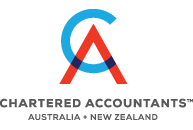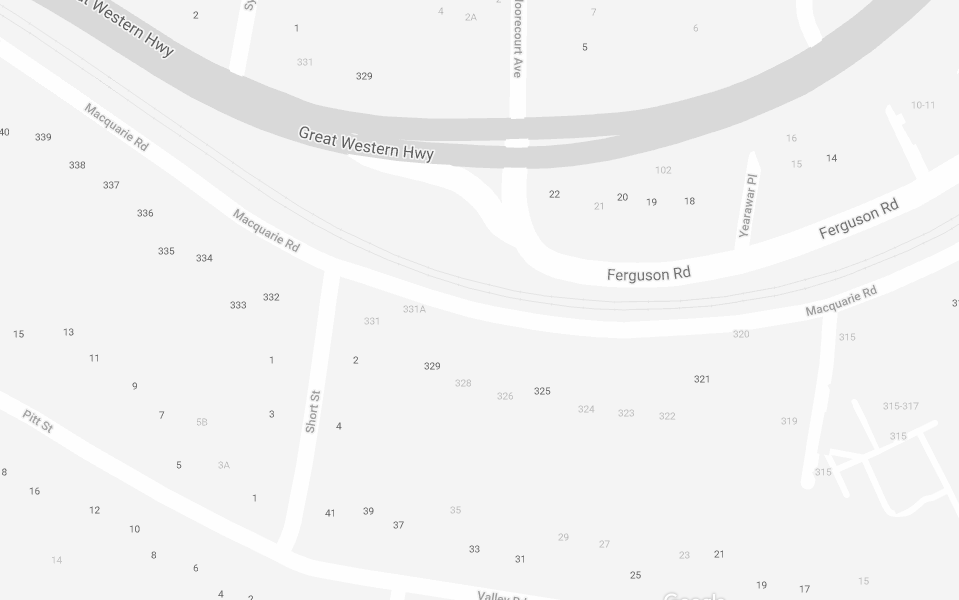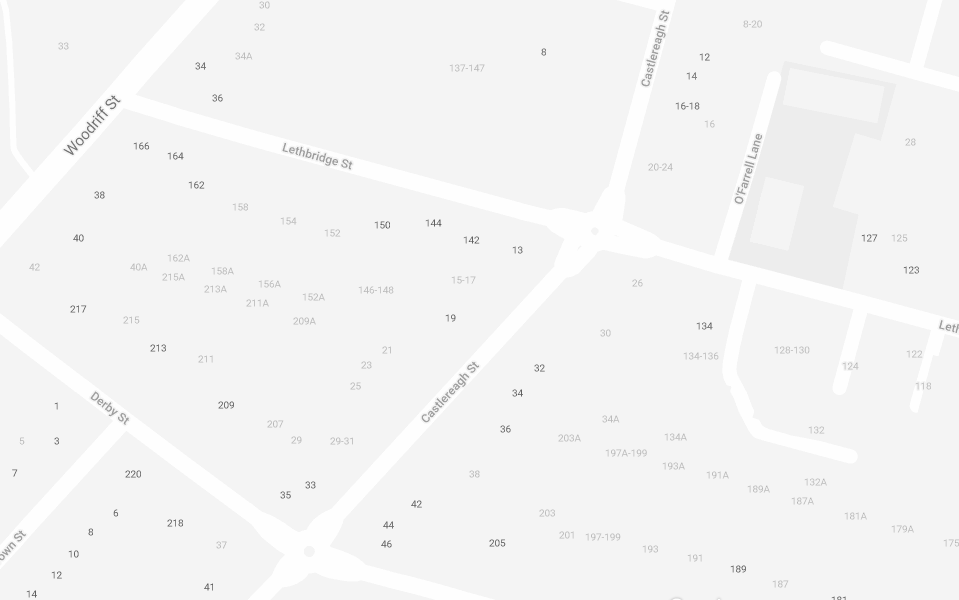
JobMaker Hiring Credit: is it right for your business?
As the Australian economy gets back on its feet, the government has been very vocal about winding back various JobKeeper and JobSeeker measures. If you’re a business that still needs a little bit of a helping hand with hiring more workers, you can take advantage of the JobMaker Hiring Credit scheme which gives eligible businesses payments of up to $200 a week for each additional employee hired (depending on the age of the employee). Unlike the JobKeeper, eligible employers can keep the JobMaker payment to grow their businesses.
With the other government COVID-19 economic supports such as the JobKeeper and JobSeeker winding down in the next few months, businesses that are seeking to employ additional workers but need a bit of help can apply for the JobMaker Hiring Credit Scheme. Unlike the JobKeeper where the payment has to be passed onto employees, the JobMaker Hiring Credit is a payment that the business gets to keep. Depending on the age of the employee, eligible businesses may be able to receive payments of up to $200 a week.
To be eligible for the scheme, the employer needs satisfy the basic conditions of operating a business in Australia, holding an ABN, and being registered for PAYG withholding. Businesses will also need to be up-to-date with their income tax and GST obligations for 2-years up to the end of the JobMaker period for which they are claiming and satisfy conditions for payroll and headcount increase. Non-profit organisations and some DGRs may also be eligible.
Beware however, businesses that are receiving the JobKeeper payment cannot claim the JobMaker Hiring Credit for the same fortnight.
For example, businesses that wish to claim the payment for the first JobMaker period must not have claimed any JobKeeper payments starting on or after 12 October 2020. Employers that are currently claiming other wage subsidies including those related to apprentices, trainees, young people or long-term unemployed cannot receive the JobMaker subsidy for the same employee.
If you think your business is an eligible employer, the next step is to determine whether you are employing eligible additional employees. Generally, the following have to be satisfied for an employee to be eligible:
- aged 16-35 when employment started (payment rate is $200 per week for 16-29 year olds and $100 for 30-35 year olds);
- employed on or after 7 October 2020 and before 7 October 2021;
- worked or have been paid for an average of at least 20 hours per week during the JobMaker period;
- have not already provided a JobMaker Hiring Credit employee notice to another current employer; and
- received either JobSeeker payment, parenting payment or youth allowance (except if they were receiving youth allowance due to full-time study or were a new apprentice) for at least 28 consecutive days in the 84 days prior to starting employment.
Since the aim of the JobMaker is to subsidise an increase in the number of employees a business hires and not reduce the cost of replacing employees, business wishing the claim the payment must also satisfy both an increase in headcount and employee payroll.
This is meant to reduce instances of rorting by businesses that replace existing employees with eligible employees. Eligible employers will need to send information such as the baseline headcount (ie the headcount on 30 September 2020) and baseline payroll (ie payroll expenses in the 3 months up to and including 6 October 2020) to the ATO for compliance purposes.
The scheme started on 7 October 2020 and employers will be able to claim payments relating to employees hired up until 6 October 2021. The first claim period for JobMaker starts on 1 February 2021 and businesses must first register with the ATO. To claim the payment in the first JobMaker period, you must register by 30 April 2021.





